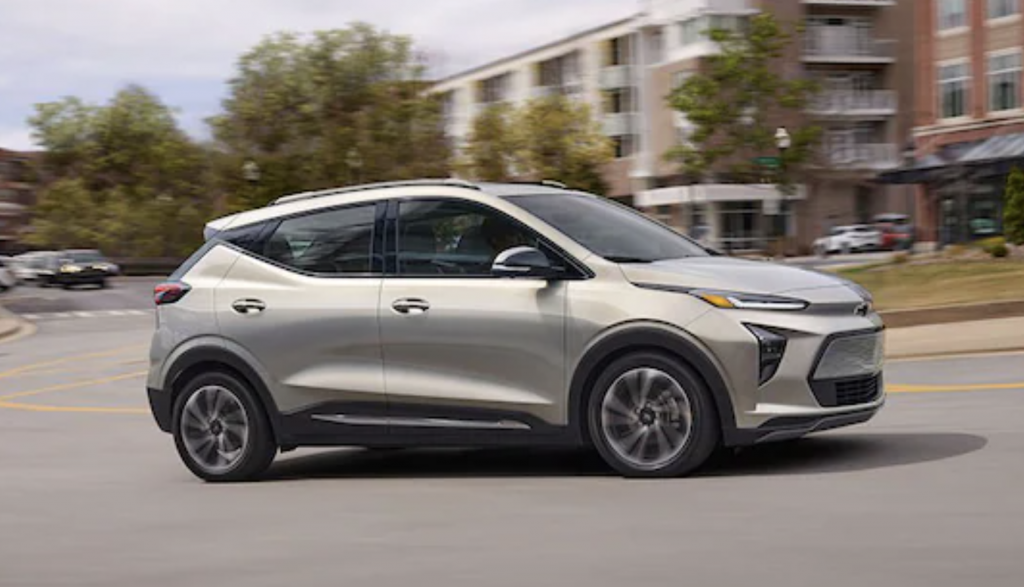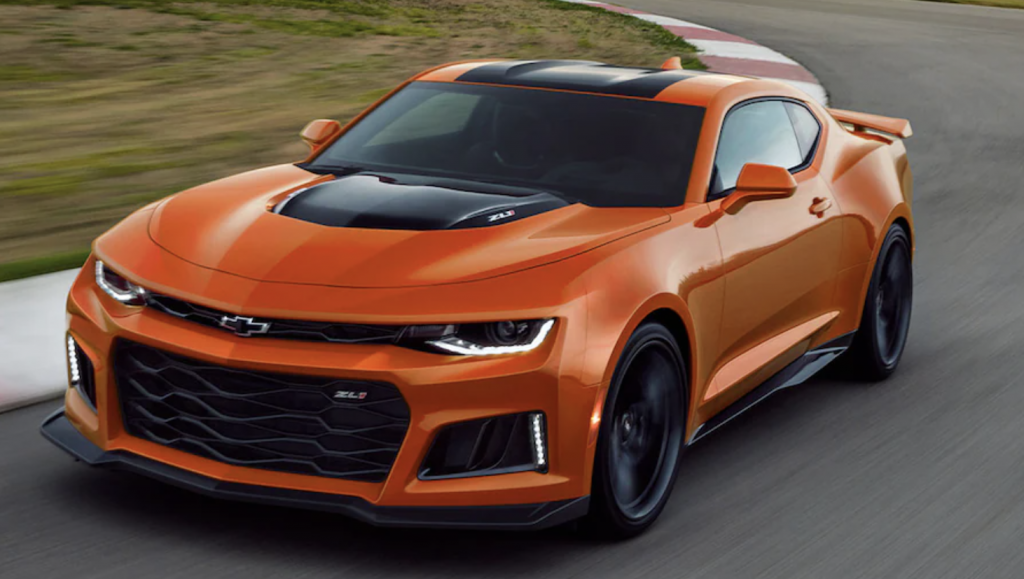Chevy Is Putting Airless Tires On Its Cars
Chevy aims to solve an age-old problem by putting airless tires on its cars.
This article is more than 2 years old

According to a brand executive, Michelin will continue to make great strides as it works with General Motors to produce airless tires. The company plans to market the revolutionary tires on the next-generation Chevy Bolt electric car, which is slated to hit the road in the next few years. Once airless tires become an industry standard, a new generation of tech and fabrication will combine to put a stop to a 130-year tire tradition. This single combination could be the sacred key to avoiding one of the most inconvenient aspects of car ownership, which most people refer to as checking their tire pressure.
In an interview with CNN Business, Alexis Garcin, who is the president of Michelin North America spoke of their partnership with Chevy when they relayed that it is evident the company wants to bring the next version of the “Chevrolet Bolt with airless tires, and it’s going to happen now in the next three to five years.”
The drawbacks of using compressed air to fill tires are evident. Chevy tires are subject to punctures, and the air is a gas that can leak. Despite the fact that tire manufacturers have spent over a century devising strategies to reduce punctures and preserve air inside these round rubber tubes, it still happens on a daily basis.
Michelin’s airless tire uses flexible ribs to generate a spring-like effect, similar to how air does in a pneumatic tire. It makes little difference if the tread is punctured because the tire does not hold air. In fact, it is because the sides of the airless tire are, in reality, fully exposed, that consumers haven’t fully noticed their benefits and hopped aboard the airless tire bandwagon.

Airless tires haven’t been used on passenger vehicles in nearly a century. And throughout the past 100 years, a variety of reasons have contributed to this issue. The importance of fresh air cannot be emphasized. For instance, pressurized air enables tires to be customized for specific uses. Also, when driving a four-wheel-drive truck off-road, always keep in mind that pressurized tires have a tendency of flattening out. They also tend to leave behind a larger footprint area in loose sand or mud, but this isn’t a problem car owners will face with airless tires.
When it comes to matters like a ride, handling, and noise, passenger vehicle drivers will be pickier than lawnmower drivers. Automobiles travel at substantially higher speeds and turn far faster than off-road vehicles. This means Michelin engineers must recreate the feel and performance of pneumatic tires in this more demanding day-to-day use.
As a result, the passenger car version Michelin is creating, known as the Uptis, has a different construction than the X Tweel, while looking nearly identical. The center ribs that support it are constructed of rubber reinforced with resin-injected fiberglass, whereas the ribs on the X Tweel, for example, are made of polyurethane.
Consumer adoption of an airless tire will, of course, likely be determined by the price. However, its inclusion on the next-generation Bolt, which begins at just under $32,000, suggests that airless tires won’t be relegated to the upper echelon of the market. Beyond this initial electric vehicle, Pszczolkowski explained that the sheer range of tire sizes and types already on the market would provide its own set of issues as Michelin works to develop airless tires for more vehicles. “It seems like a new tire size is invented every time a new vehicle is out,” he remarked. “It’s truly infuriating.”




